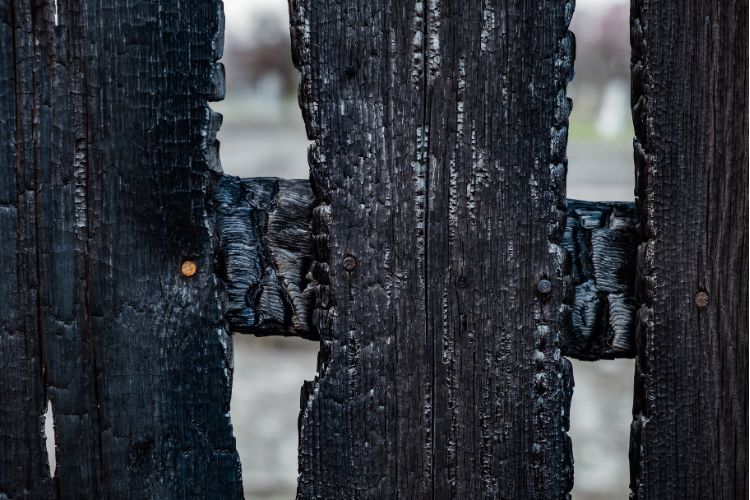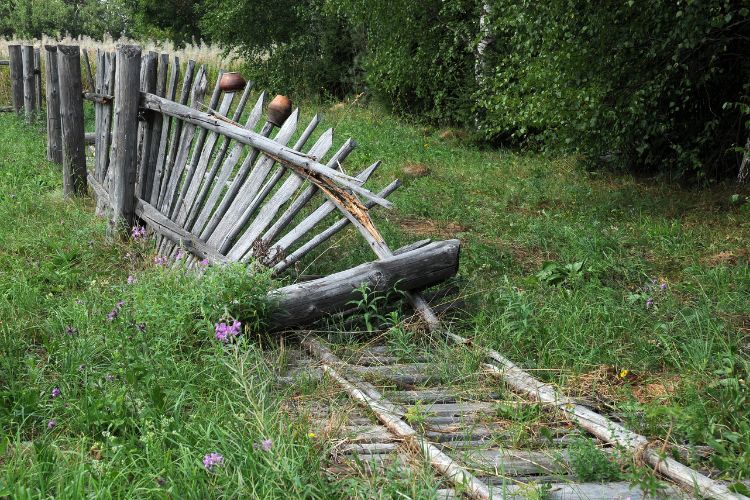As a home owner, you expect the fence around your property to withstand the elements. But accidents and extreme weather can leave you with a partially damaged or collapsed fence needing repair.
This poses the question: Can I claim a broken fence on house insurance?
The answer is often yes but with some caveats. While policies cover risks and accidental damages like storms, floods, and fires, you might not be able to claim pre-existing wear and tear.
Read on to learn key the covered risks, exclusions, and tips for the smoothest outcome.
When Is Fence Damage Covered by Home Insurance?
Generally, damaged fences are covered under standard policies. However, there are important factors to consider, like the cause and ownership.
Covered Damages
The coverage depends primarily on what caused the damage in the first place. Some providers will cover expenses if the cause was one of the following insured events:

- Water damage from floods
- Lightning strikes
- Major storms
- Bush fires
- Earthquakes or tsunamis
- Escape of liquid
- Theft/burglary
- Object impact damage
- Vandalism or malicious acts
Conditions of Coverage and Ownership Percentage
Even if you can claim the damages from an unexpected event, there could be some policy limitations to consider, including the number of fence owners.
Some insurance providers base the payout on what percentage of the fence you own. For example, if you split the ownership 50/50, you’d receive funds to cover half of the reasonable repairs for the insured event.
But if no shared ownership is involved, you may qualify for the full cost of replacement. This situation applies to people whose fences border a public park, for instance.
There can also be size restrictions. For instance, Budget Direct’s home insurance product might only cover fences up to 500 metres long.
Plus, it’s reasonable to assume that most providers will only cover the costs of a new paint job on your side of the fence since it’s the neighbour’s responsibility to pay for the other side.
The only way to know for sure what the coverage limits are is to review your home owners policy or get in touch with the insurer.
When Is Fence Damage Not Covered by Home Insurance?
While many incidents fall under standard home insurance policies, there are also scenarios and losses that won’t be covered.
For starters, pre-existing wear and tear issues can impact claim outcomes. Insurance companies expect items and structures to be properly maintained beforehand.
If the fence material was already in poor condition before an incident, providers likely won’t cover the repairs on your personal property.
How to Claim a Broken Fence on a Basic Policy
Making an effective insurance claim for fence damage involves a few key steps—documenting the damage, speaking with neighbours about shared expenses, and potentially contacting your local council.
Let’s explore the claim process:
1. Document the Damages and Contact the Insurance Company
First, thoroughly document the structural damage through time-stamped photos and videos. Try to capture images from multiple angles under good lighting. This way, if the insurance company asks for proof, you’ll have visual evidence to support your claim.
Next, submit your claim paperwork through your insurer’s website or mobile app. Provide details on when/how the insured event and attach your documentation. For help filing, contact your property management company or insurance agents directly.
Just keep in mind the property managers will likely need the property owner’s consent for insurance-related activities (filing claims, paying insurance premiums, etc.).
2. Talk to Your Neighbour About Splitting the Cost of Repair

Remember that insurance companies generally only pay 50% if a neighbour co-owns the detached structure.
Luckily, in cases of shared fences or free-standing walls, the benefit is usually settled as a cash payment based on the full repair or replacement cost coverage. The insurer then applies the ownership percentage you have in the fence to determine the final amount.
This should make splitting the expenses with your neighbour easier.
That said, the insurance company won’t talk to the neighbour on your behalf. Once they settle your portion according to the home owners insurance policy, it’s your responsibility to manage the rest.
3. Use Your Council’s Resources and Key Codes if Needed
Local councils typically don’t need to be actively involved in fence claims unless permits or approvals are necessary. Research beforehand if any forms are needed based on damage extent or fencing bylaws.
You might need to get in touch with the council to check the fencing or building codes. It’s possible to get their help during any dispute-solving periods as well.
Claiming Broken Fence on a Landlord Insurance Policy
Technically, you don’t have to get landlord insurance, whether you’re renting to trusted family members or complete strangers. However, getting the optional cover is usually considered best practice for many property owners.
One of the things that landlord insurance can cover is intentional or malicious damage to the investment property from tenants. But just like home owner coverage, maintenance is key.
If fences, gates, or walls aren’t structurally sound from the get-go due to lack of maintenance, insurers will likely deny claims.
To decide if the additional coverage is worth it for your rental property, check out how much the insurance costs on average, consider the common risks and damages you’ve dealt with before, and run the numbers.
Keep in mind that some mortgage lenders require landlord insurance anyway.
Final Words
When unexpected fence damage occurs, understanding your home and contents insurance policies is key. Many risks and malicious damage cases are covered, but you need to get in touch with your insurer to see if they’ll pay for the repairs/replacements in full or only partially.
Of course, you should put everyone’s safety first before you even start considering the claim details. If the broken fence is now a dangerous structure, get everyone away to avoid bodily injury and dial emergency services right away.
Hopefully, though, the damage is minimal, and you’ll be able to get it rebuilt using your basic house or landlord coverage!

